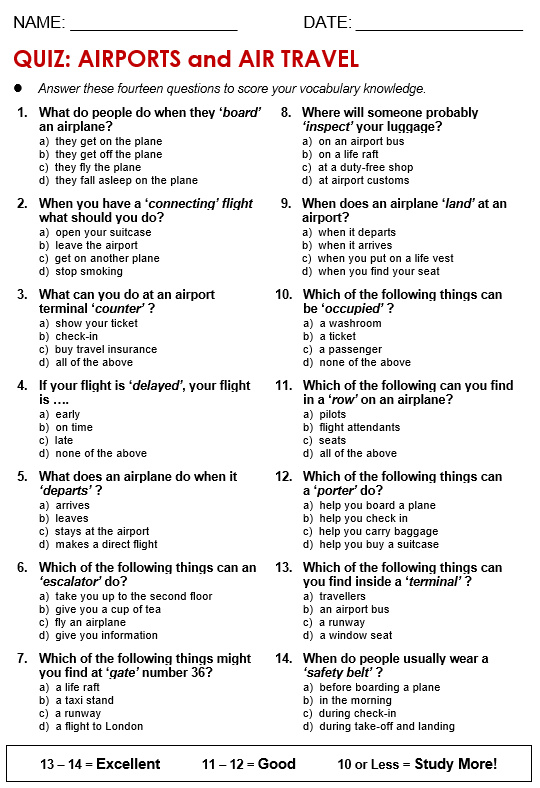

How can I help you?Ĭustomer: I’m on the 4:00 flight to Los Angeles, but I’d like to switch my ticket to an earlier flight.įlight Attendant: Okay, let me check for you. Here is a sample airline one that would be good for this exercise: You can use the same dialogues from the listening exercise above, or create your own. Next, practice intonation using role plays and dialogues.Alternatively, to focus on word stress, have students circle the words they hear having the most stress or significance in the sentence. To make is more challenging, use only audio links or prevent them from seeing the faces of the individuals to draw emotion cues only from the words and intonation and not facial expressions. Once the students have a script in front of them, have them draw basic intonation arrows (rising/falling) and then label them with an emotion. You can prepare the scripts in advance or make it a dictation exercise by having the learners copy down the words they hear first in order to make their own script. Since this is ESP, it’s best to keep these videos all taking place in the context of an airport.
FLIGHT ATTENDANT DIALOGUE WORKSHEETS TV

Unfortunately, intonation can be one of the most difficult things for learners to pick up on, especially if they come from tonal-based native languages like Chinese. The words we speak say a lot, but the tone we say them with says even more.


 0 kommentar(er)
0 kommentar(er)
